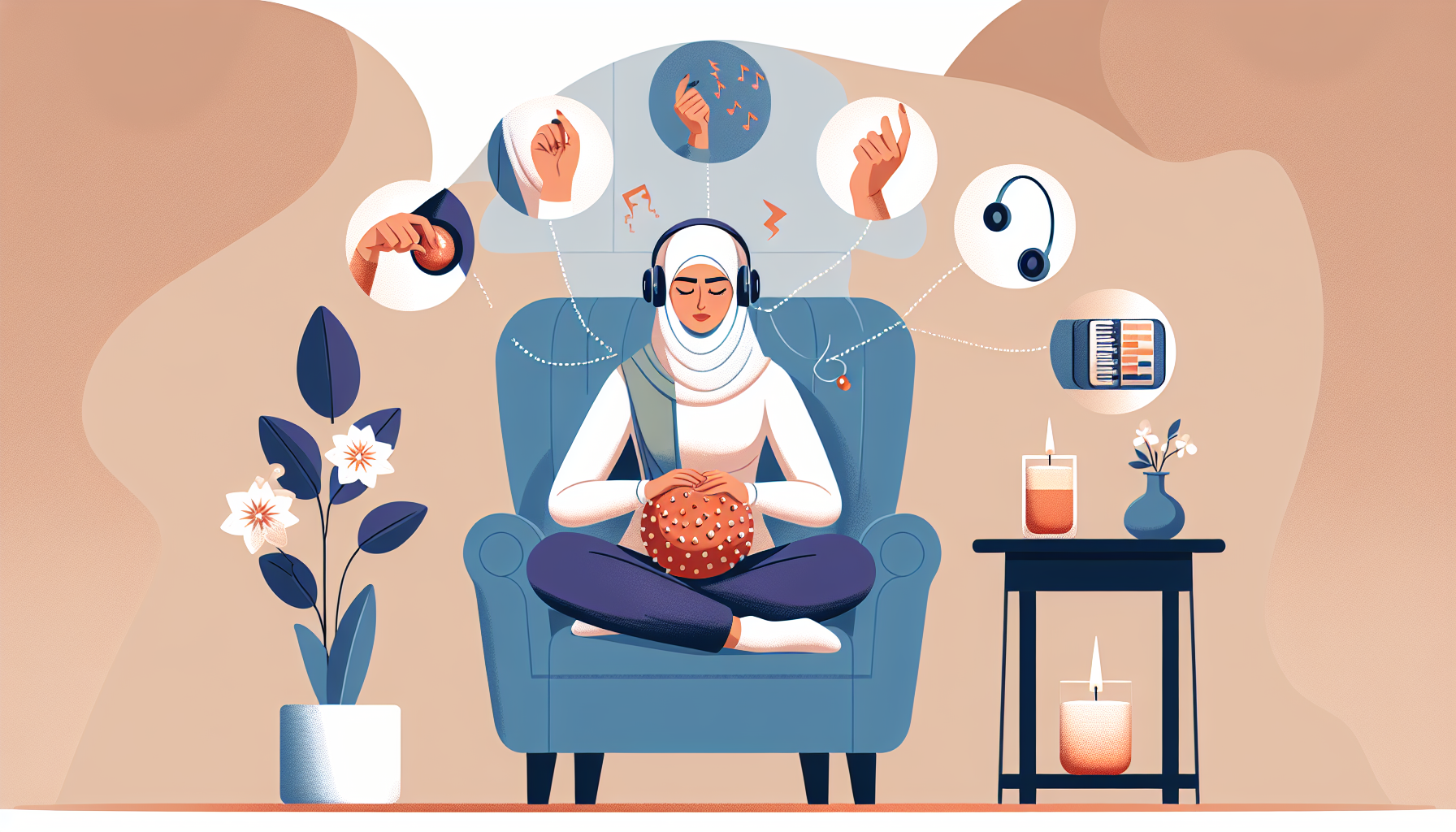Pain is a complex experience that encompasses physical, emotional, and psychological aspects. Traditional methods of pain management often focus on pharmacological interventions, which, while often effective, can come with a range of side effects and potential for dependency. Sensory approaches to pain management offer a complementary strategy that harnesses the body’s natural sensory systems to alleviate discomfort and enhance overall well-being. This article explores the innovative and multi-faceted sensory techniques that can play a pivotal role in managing pain.
The Role of Sensory Systems in Pain Perception
Before delving into sensory-based interventions, it’s essential to understand how our sensory systems contribute to the experience of pain. Pain perception, or nociception, involves a complex interplay between the nervous system and various sensory pathways. Sensory receptors in the body detect harmful stimuli, which are then translated into electrical signals and communicated to the brain where they are interpreted as pain.
Given the intrinsic link between sensory input and pain perception, modifying sensory experiences can be a powerful method for managing pain. Sensory health is a critical aspect of this process, and understanding its role in pain management is crucial. To learn more about sensory health, you can visit Avix Health’s dedicated sensory health page.
Sensory-Based Pain Relief Strategies
1. Aromatherapy
Aromatherapy uses essential oils derived from plants to stimulate the olfactory system, which is directly linked to the emotional center of the brain. Inhalation of certain scents can trigger the release of endorphins, the body’s natural painkillers, and reduce pain perception. For example, lavender oil is widely known for its calming and analgesic properties.
2. Audio Therapy
Listening to music or nature sounds can lead to significant pain reduction by engaging auditory pathways and promoting relaxation. The rhythmic elements of music can also distract the brain from pain signals, providing a form of auditory analgesia.
3. Visual Stimulation
Visual imagery and exposure to calming visual scenes, such as nature videos or virtual reality environments, can decrease pain by occupying the mind and providing a mental escape from the discomfort.
4. Tactile Interventions
Physical touch, such as massage or the use of pressure garments, can stimulate pressure receptors in the skin, altering pain signals before they reach the brain. This approach is grounded in the "Gate Control Theory" of pain, which proposes that non-painful input closes the "gates" to painful input.
5. Thermal Therapies
Applying heat or cold to the affected area can provide pain relief by altering the sensitivity of nerve endings. Heat can relax muscles and increase blood flow, while cold can reduce inflammation and numb the pain.
6. Movement-Based Therapies
Gentle exercises, stretching, or yoga can improve body awareness and reduce pain through proprioceptive input. Techniques for supporting vestibular health in the elderly can also contribute to improved movement and balance, which in turn can help manage pain, especially in older populations.
Incorporating Sensory Approaches into Pain Management
While sensory approaches can be effective, it is important to integrate them into a comprehensive pain management plan. Working with healthcare professionals to understand the source of pain and to develop a multi-faceted approach is key. This may involve the combination of sensory methods with other treatments, such as medication and supplements, which can be explored further on Avix Health’s medication & supplements page.
Personalizing Sensory Interventions
Every individual’s experience of pain is unique, and therefore, sensory interventions should be tailored to each person’s preferences and responses. For instance, some may find relief through tactile stimulation, while others may respond better to audio therapy. It’s essential to experiment with different techniques to find the most effective combination.
Understanding the Evidence
Scientific research supports the efficacy of sensory-based interventions for pain management. Studies have shown that these methods can reduce pain intensity, improve mood, and decrease the need for pharmaceutical interventions. For further reading on evidence-based practices, Harvard Health has an informative article on the benefits of Tai Chi for pain management.
Creating a Sensory-Friendly Environment
Creating a sensory-friendly environment at home or in healthcare settings can enhance the effectiveness of sensory approaches to pain management. This involves minimizing overstimulation and creating a calm, soothing space conducive to relaxation and healing. Designing sensory inclusive playgrounds provides insights into creating environments that cater to diverse sensory needs, which can be adapted for those in pain.
Combining Sensory Approaches with Other Modalities
Integrating sensory-based strategies with other pain management techniques, such as cognitive-behavioral therapy (CBT) or acupuncture, can provide a more holistic approach to pain relief. Additionally, emotional regulation through sensory-based strategies can address the emotional and psychological aspects of pain, leading to a more comprehensive treatment plan.
Conclusion
Sensory approaches to pain management offer a promising and often underutilized tool in the battle against pain. By engaging the body’s natural sensory systems, individuals can find relief and improve their quality of life. As with any intervention, it’s important to consult with healthcare professionals to ensure that these methods are used safely and effectively as part of a broader pain management strategy. The exploration of sensory-based techniques is a testament to the complexity of pain and the innovative ways in which we can approach its management.



